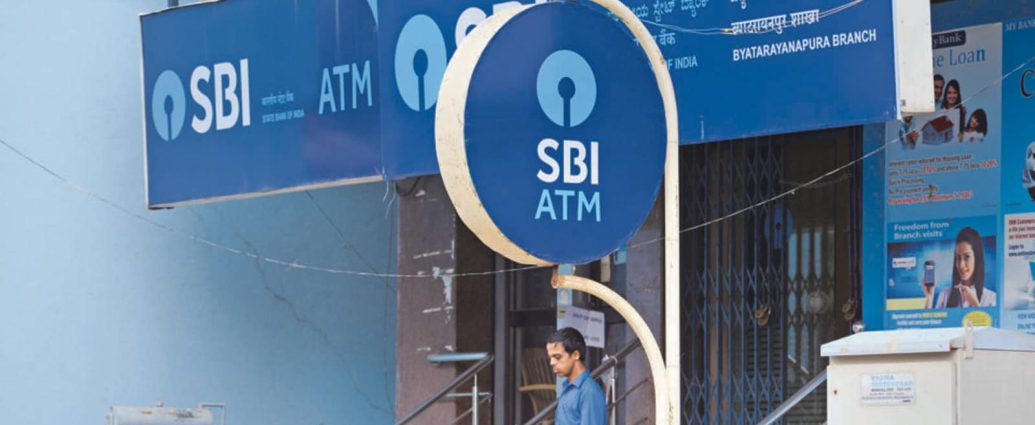India’s march to becoming a $5 trillion economy by 2027-28 will be led by manufacturing industry and Maharashtra, Tamil Nadu, Uttar Pradesh and Karnataka would be the top four contributors of the GDP, according to a report by the State Bank of India’s research team.
The paper suggested a slew of initiatives including more public spending on critical infrastructure and rolling out a suite of labour and legal reforms, especially in select Coastal Economic Zones (CEZs) to create a more liberal business environment.
According to the research by the country’s biggest bank, reviewed by HT, share of manufacturing sector should increase to 22% from the current 15% and the country will require “more globally competitive large firms to help accelerate growth” in the next six years.
To become world’s third largest economy in FY28, outstanding bank credit needs to expand from the current level of ₹118 lakh crore to ₹276 lakh crore. Public sector banks, the backbone of India’s banking sector, could supply “ ₹88 lakh crore of credit and ₹115 lakh crore of deposits … in this period,” the research added.
The document pointed out that India is currently where China was in 2007 and needs to grow at 9% annually to reach $5 trillion in 2027-28 with factors such as ease of doing business, enhanced competitive and innovation index rankings, and the massive infrastructure push having the ability to change the business landscape.
Finance minister Nirmala Sitharaman pitched for transforming India as a $5 trillion economy in her budget in 2019. Next day, Prime Minister Narendra Modi said at an event, “There are people who doubt the capabilities of Indians and think it is difficult (to achieve $5 trillion economy) However, with courage and new possibilities, we can dream of the goal of $5 trillion economy.”
SBI’s research projected that in the $5 trillion economy, the services sector would contribute 55% of the GDP, and agriculture and allied sector, 17% of the economy.
The research suggested easing “restrictions on land monetisation to facilitate private transactions for major projects and enable farm to non-farm shift” and an “Aadhar based direct distribution of power subsidies to gradually increase prices of residential power prices for customers with ability to pay over next 2 years.” It also said India should focus on rapid development of clean energy sources by increasing investment and reducing import duties as it has potential to generate 500 GW of power from non-fossil sources by 2030 from the present level of 160 GW.
It also pitched for creating a level playing field for companies, linking incentives such as credit, taxation, access to land, with actual outcomes, pushing mid-sized firms to grow and driving a more constructive approach towards tax dispute resolution.
The bank stated that opinion expressed is of Research Team and not necessarily reflect those of the Bank or its subsidiaries.
